Disclosure: This article contains affiliate links. We may earn a commission from purchases at no extra cost to you, which helps our travel content.
Standing on the wooden boardwalks of Old Sacramento, I felt the weight of history beneath my feet—layers of stories compressed like geological strata. The afternoon sun cast long shadows across weathered brick facades, highlighting textures that my sculptor's fingers itched to trace. It was Elena who first suggested we bring the children to California's capital to experience the tangible echoes of the Gold Rush era. What began as a weekend family adventure quickly evolved into a fascinating journey through the formative chapter that transformed a fledgling territory into the Golden State we know today.
Old Sacramento Waterfront: The Heart of Gold Rush History
Old Sacramento stands preserved like an amber-trapped moment from 1849, its 28 acres of historic district hugging the Sacramento River where fortune-seekers once disembarked with dreams as vast as the Western horizon. Walking these streets with my children, I'm struck by how the district balances tourism with authentic historical preservation.
The cobblestone streets tell stories through their uneven surfaces—each stone a testament to the hands that laid them. Elena always points out how the buildings stand slightly elevated, a practical response to the devastating floods that once plagued the area. These architectural details speak volumes about adaptation and resilience.
Before exploring, I recommend picking up a self-guided tour map from the Sacramento History Museum. The contextual information transforms an ordinary stroll into a rich historical narrative. For families, the Gold Rush scavenger hunt kit available at several shops keeps younger explorers engaged while they learn—my children spent hours hunting for clues among the historic storefronts.

💡 Pro Tips
- Visit early morning or late afternoon to avoid both crowds and the intense Sacramento summer heat
- Many buildings have free mini-exhibits in their lobbies—don't just shop, explore
- The wooden sidewalks can be uneven—wear comfortable shoes with good support
California State Railroad Museum: Iron Horses That Built the West
If Old Sacramento is the heart of Gold Rush history, the California State Railroad Museum is undoubtedly its circulatory system. As someone with a deep appreciation for heritage transportation, I found myself utterly captivated by this world-class museum housing 21 meticulously restored locomotives and train cars.
The museum brilliantly contextualizes how the transcontinental railroad transformed California from isolated frontier to connected powerhouse. What impressed me most was the craftsmanship evident in every rivet and coupling—the artistic precision of Victorian industrial design that my sculptor's eye couldn't help but admire.
For families, the museum offers an interactive understanding of how these massive iron beasts functioned. My children were particularly fascinated by the sleeping car exhibit, where they could experience the cramped yet ingenious accommodations of 19th-century train travel. The museum's interactive railroad simulator allows visitors to experience the engineer's perspective, complete with authentic controls and sounds—an experience that had my son declaring his new career ambition as a train conductor for weeks afterward.
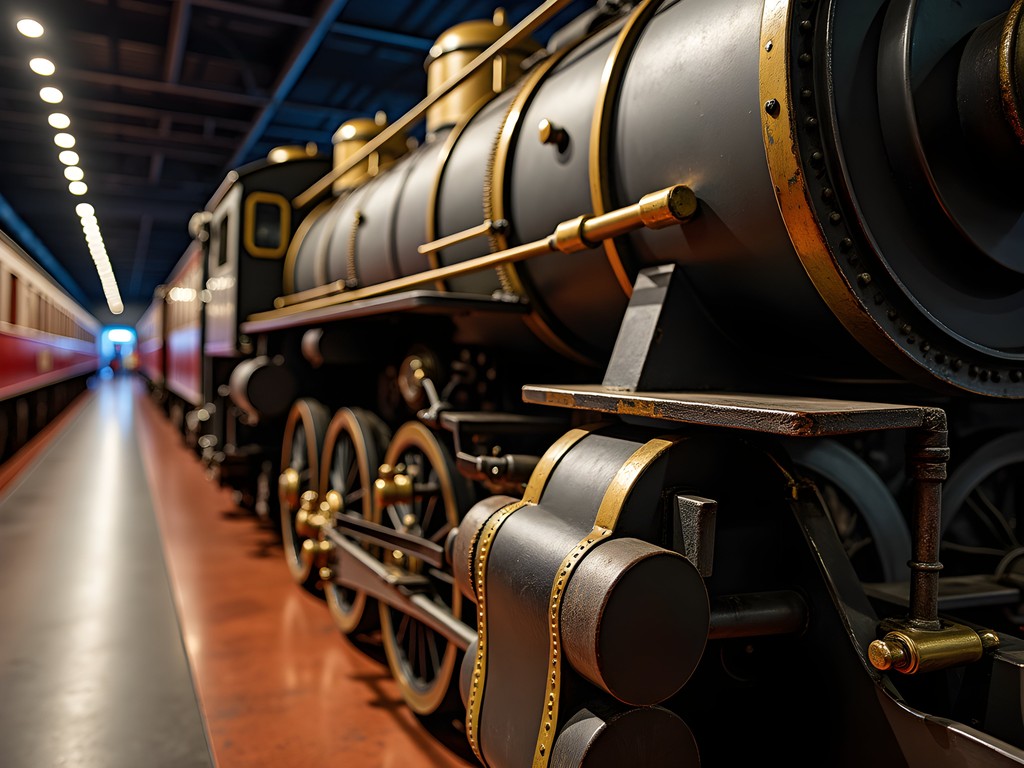
💡 Pro Tips
- Allow at least 2-3 hours to fully appreciate the exhibits
- Check the schedule for the seasonal weekend excursion trains that offer rides along the Sacramento River
- The museum offers excellent guided tours included with admission—well worth timing your visit around these
Sutter's Fort State Historic Park: Before the Gold
To truly understand Sacramento's Gold Rush story, one must begin at Sutter's Fort—the settlement that existed before James Marshall's fateful discovery at Sutter's Mill in 1848. This adobe-walled compound represents California's pre-Gold Rush era when the region was still Mexican territory and John Sutter's agricultural vision was the dominant force shaping the Sacramento Valley.
Visiting with my family, I was struck by how the fort serves as a physical timeline—the 'before' to Old Sacramento's 'after.' The restored rooms and workshops around the central courtyard offer glimpses into daily life when California's destiny was still unwritten. Each space tells stories of cultural intersection between Native Americans, Mexican citizens, European immigrants, and American settlers.
The fort's living history programs are particularly impressive, with costumed interpreters demonstrating period crafts and skills. My daughter was fascinated by the blacksmithing demonstration, watching raw metal transformed through fire and hammer—a process not unlike my own sculptural work, though with decidedly different tools. I recommend bringing a pocket magnifying glass to examine the fine details of the historical artifacts on display—the children discovered fascinating maker's marks and inscriptions that would have otherwise gone unnoticed.
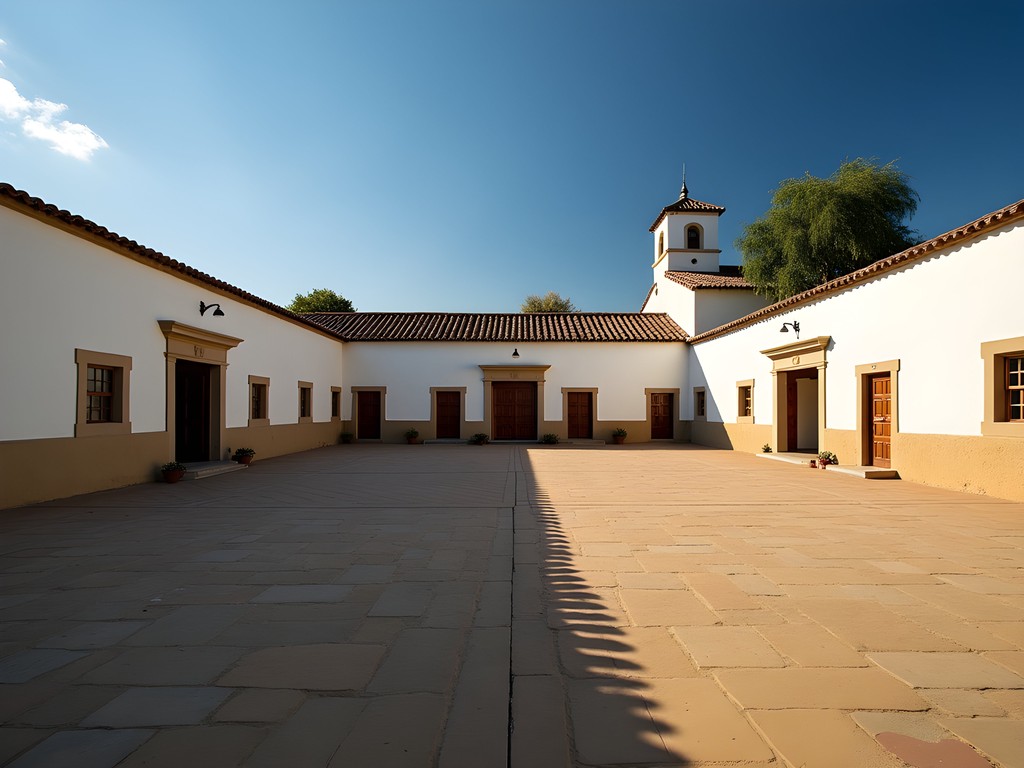
💡 Pro Tips
- Visit during one of their special events when the fort comes alive with demonstrations and activities
- The fort can get hot in summer—bring water bottles and sun protection
- Take time to read the excellent interpretive displays that provide context beyond the physical structures
Sacramento History Museum & Underground Tour: Layers of the Past
Perhaps the most literal example of Sacramento's layered history is found beneath the streets of the old city. After devastating floods in the 1860s and 1870s, Sacramento undertook a remarkable engineering project—raising the entire downtown by 10-15 feet. This created an underground network of spaces that once served as ground-level storefronts, sidewalks, and basements.
The Sacramento History Museum offers fascinating underground tours that take visitors beneath the modern city to explore these preserved spaces. As someone who approaches landscapes with a sculptor's perspective, I found it profoundly moving to witness how a community physically lifted itself above disaster—quite literally raising their city from the mud.
The museum itself houses excellent exhibits on Gold Rush life, including a working print shop that demonstrates how news traveled in the 19th century. For the underground tour, I strongly recommend bringing a quality handheld flashlight to illuminate details your guide might pass by—there are fascinating architectural elements and original signage visible in the darker corners.
My children were particularly captivated by the stories of people who continued living and working in the partially submerged original level while construction continued above. The tour guides excel at bringing these human stories to life, making history tangible through the spaces where it unfolded.
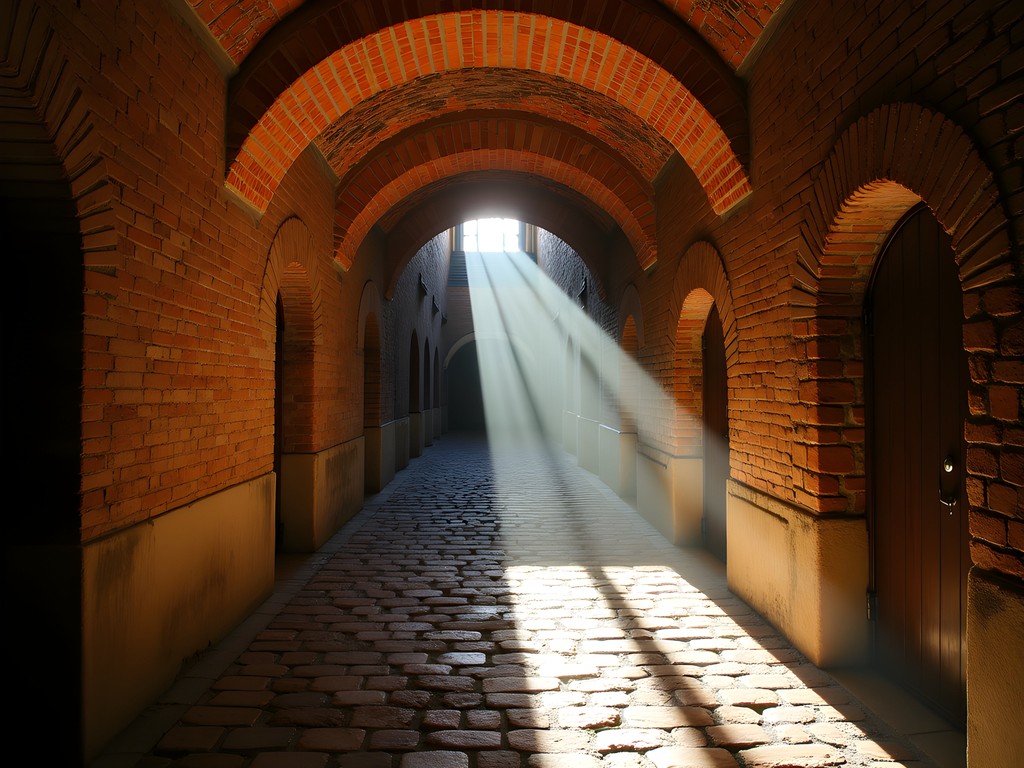
💡 Pro Tips
- Book the underground tour in advance—they frequently sell out, especially during peak tourist season
- The underground spaces can be cool even on hot days—bring a light layer
- Photography is permitted but challenging in the low light—adjust your camera settings accordingly
Folsom Powerhouse State Historic Park: Gold Rush Innovation
Just outside Sacramento proper lies a site that represents the Gold Rush's technological legacy—the Folsom Powerhouse. This remarkable 1895 hydroelectric plant harnessed the American River's power to generate electricity for Sacramento, marking one of the world's first long-distance transmissions of hydroelectric power.
What fascinates me about this site is how it represents California's transition from extractive gold mining to more sustainable resource utilization. The massive generators and transformers stand as industrial sculptures, their copper windings and cast iron frames displaying both engineering precision and aesthetic consideration typical of Victorian industrial design.
The site offers excellent guided tours that explain how the Gold Rush's water infrastructure—originally built for hydraulic mining—was repurposed for electricity generation. For those interested in understanding the technical aspects, I recommend bringing a pocket notebook to sketch and note the innovative engineering solutions that are explained during the tour.
The powerhouse sits beautifully along the American River, making it a perfect stop to combine historical exploration with a riverside picnic. We spent an engaging morning exploring the powerhouse before enjoying lunch along the water—a pleasant juxtaposition of industrial history and natural beauty that the children particularly appreciated.
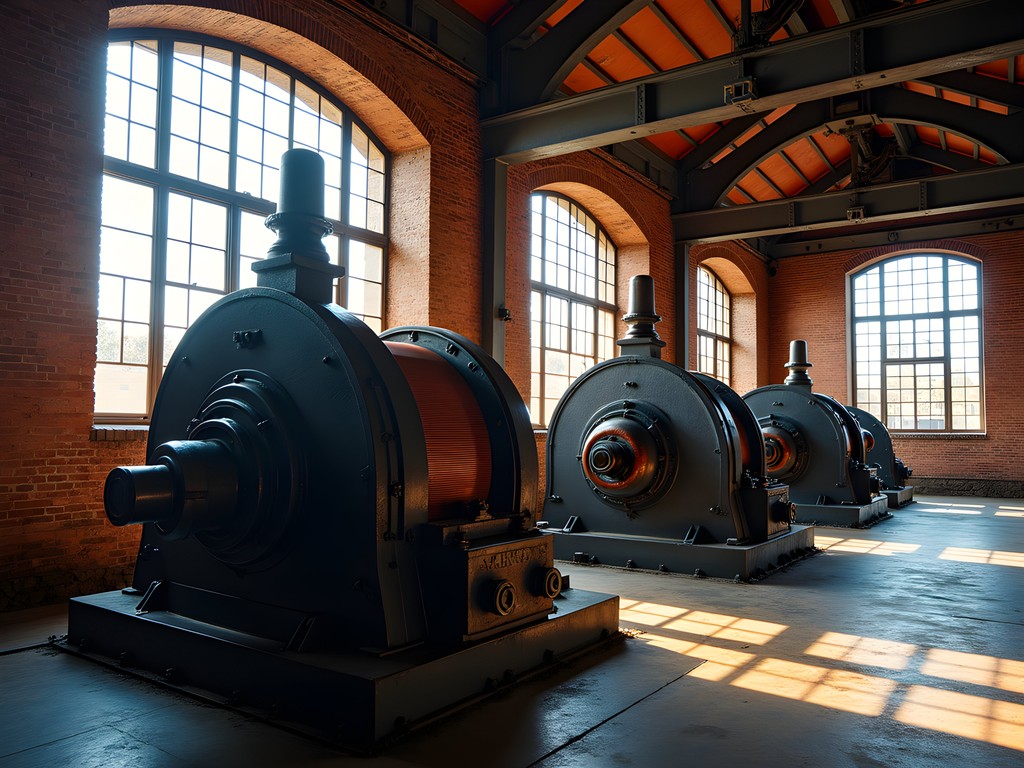
💡 Pro Tips
- Call ahead to confirm operating hours as they can vary seasonally
- Combine your visit with outdoor activities along the American River Parkway
- The site has limited shade—visit in morning hours during summer months
Governor's Mansion State Historic Park: Gold Rush Prosperity
The opulent Governor's Mansion stands as physical evidence of the wealth and social transformation that the Gold Rush brought to California. Built in 1877 for a hardware merchant who profited handsomely from selling supplies to miners, this ornate Victorian mansion later served as home to 13 California governors.
Walking through its 30 rooms feels like traversing through time periods, as each governor's family added their own touches while maintaining the core Victorian character. The mansion features stunning craftsmanship—from hand-carved woodwork to imported marble fireplaces—that reflects the prosperity that flowed from the American River's goldfields into Sacramento society.
For families exploring with children, I recommend purchasing a Victorian architecture guidebook beforehand. This helped my children identify architectural elements like Mansard roofs and Italianate details, turning our tour into an architectural treasure hunt. The mansion's ballroom particularly captured my daughter's imagination—she spent the evening sketching her impressions of the elaborate crown moldings and crystal chandeliers.
The mansion's docents share fascinating stories about the political and social history of California, connecting the Gold Rush's economic impact to the state's political development. These narratives provide crucial context for understanding how Sacramento evolved from mining supply center to sophisticated state capital.
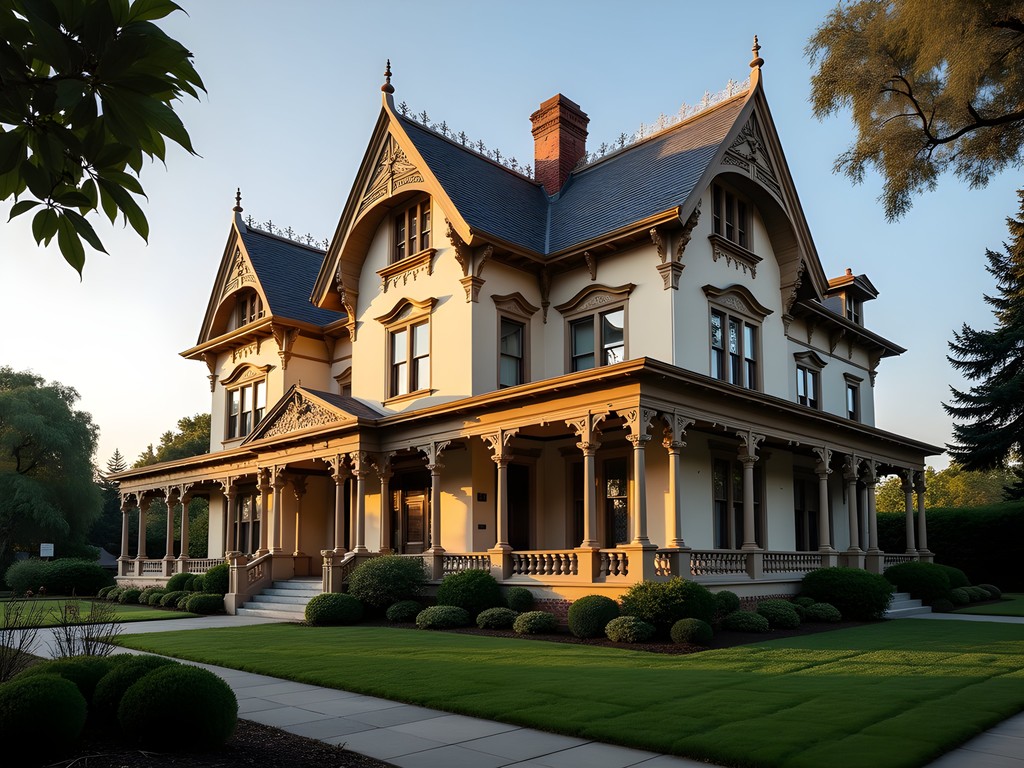
💡 Pro Tips
- Tours are guided only and run on limited schedules—check times in advance
- Photography is permitted without flash—bring a camera that handles low light well
- The gardens are worth exploring and provide excellent photo opportunities of the mansion's exterior
Marshall Gold Discovery State Historic Park: Where It All Began
Though technically located in Coloma, about 45 minutes from downtown Sacramento, no Gold Rush exploration would be complete without visiting the site where James Marshall first discovered gold in 1848—the spark that ignited California's transformation. This well-preserved state park centers around a reconstruction of Sutter's Mill, where Marshall spotted those fateful flakes while building a sawmill for John Sutter.
As a sculptor, I find particular resonance in how this site demonstrates how a single moment—a glint of light reflecting off metal in a millrace—can reshape an entire region's destiny. The park's excellent museum contextualizes the discovery within the broader historical narrative of Mexican California becoming American territory.
The highlight for my family was trying gold panning in the American River, using traditional techniques demonstrated by park staff. I recommend bringing a gold panning kit if you're serious about the experience—the rental equipment can be limited during busy periods. While we didn't strike it rich, the children's excitement at finding tiny flecks of gold created memories more valuable than any nugget.
The park's hiking trails along the river offer contemplative spaces to consider how this landscape has been shaped by human ambition. Standing beside the reconstructed mill, watching the river flow past as it has for millennia, creates a powerful connection to the individuals whose actions—motivated by simple economic need or grand ambition—set in motion forces that continue to shape California today.
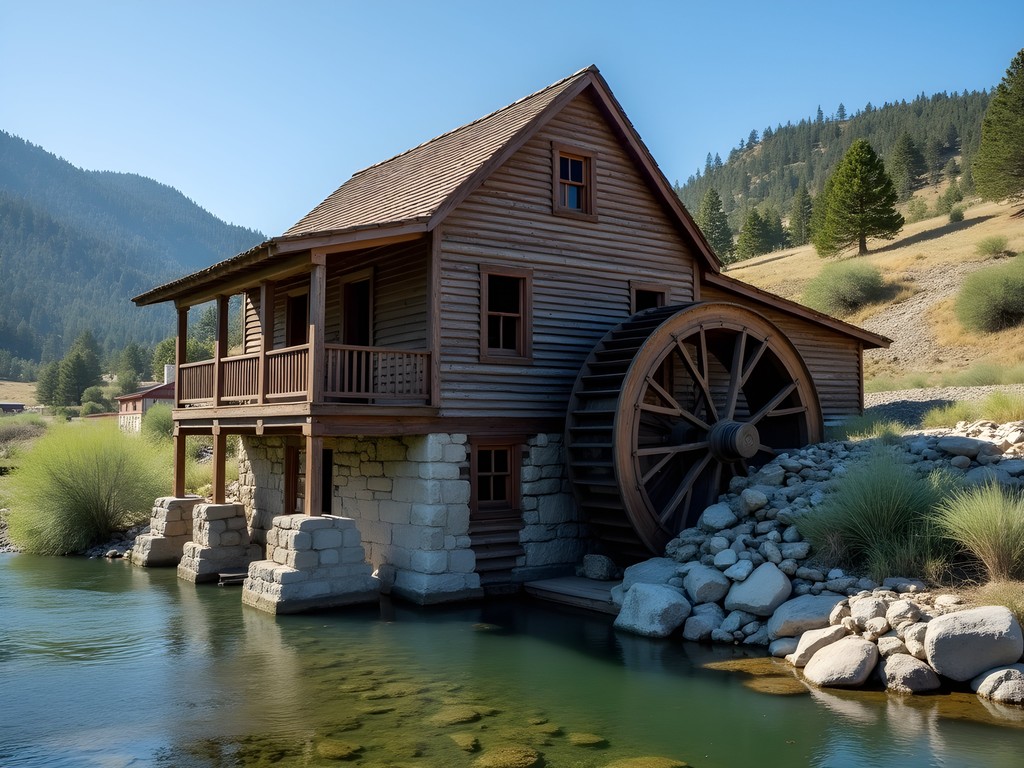
💡 Pro Tips
- Allow plenty of time for gold panning—it's addictively meditative once you get the technique
- Bring water shoes if you plan to pan in the river—the rocks can be slippery
- Visit the museum first to understand the context before exploring the outdoor sites
Final Thoughts
As our weekend exploration of Sacramento's Gold Rush legacy came to a close, I found myself reflecting on how profoundly a single mineral transformed not just a territory, but an entire nation's trajectory. Standing with my family on the banks of the American River—the same waters that once yielded life-changing discoveries—I was struck by how these historic sites collectively tell a story of transformation, innovation, and cultural collision that continues to shape California's identity.
What makes Sacramento's Gold Rush sites particularly valuable for families is how they balance education with engagement. My children absorbed history not through dry facts, but through sensory experiences—the creak of wooden boardwalks, the cool dampness of underground spaces, the weight of a gold pan in their hands. These tactile memories will remain long after specific dates and names fade.
I encourage you to approach Sacramento not just as a modern capital city or stopover on the way to Tahoe, but as a living museum where California's formative chapter remains accessible through these seven remarkable sites. Like the prospectors who once sifted river sediment for precious metal, your family will discover rich rewards by taking time to examine the layers of history preserved in this remarkable city.
✨ Key Takeaways
- Sacramento offers the most comprehensive collection of Gold Rush historic sites in California
- The city's preservation efforts allow visitors to experience multiple dimensions of this pivotal historical era
- Family-friendly interactive experiences make history engaging for all ages
- The Gold Rush's legacy extends beyond mining to include technological innovation and political development
📋 Practical Information
Best Time to Visit
Spring (March-May) and fall (September-November) offer ideal weather. Summer is hot but all sites are open. Winter offers fewer crowds but occasional rainy days.
Budget Estimate
£150-200 per day for a family of four including accommodations, site admissions, and meals
Recommended Duration
2-3 days minimum to properly explore all seven sites
Difficulty Level
Easy - Most Sites Are Accessible And Family-Friendly With Minimal Walking Required

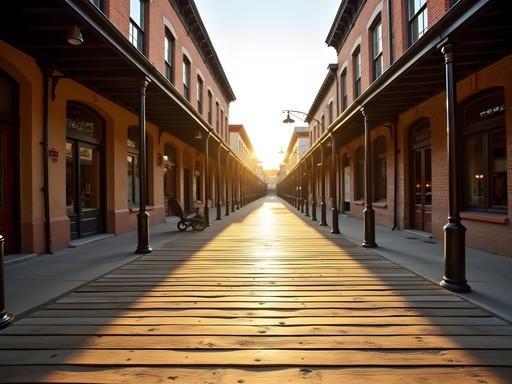
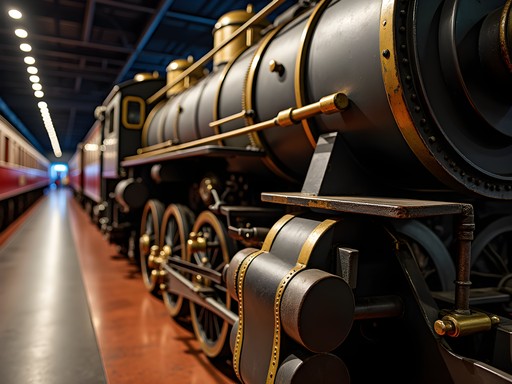

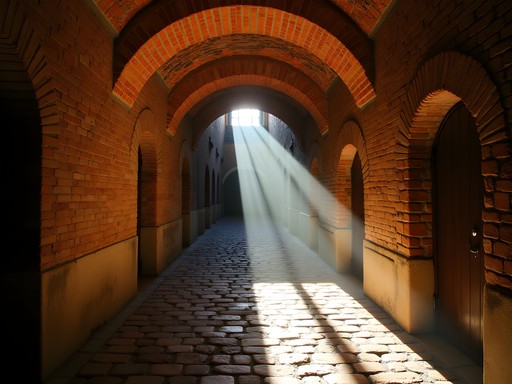





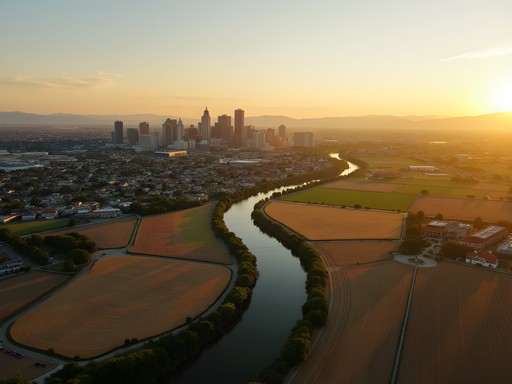
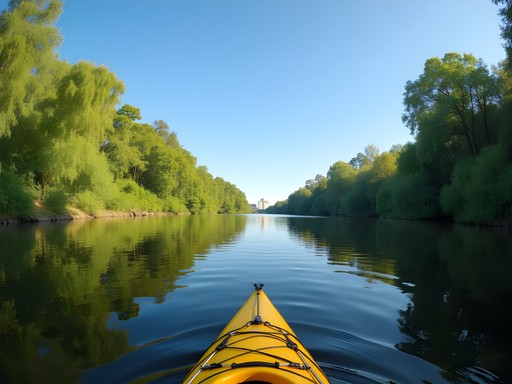
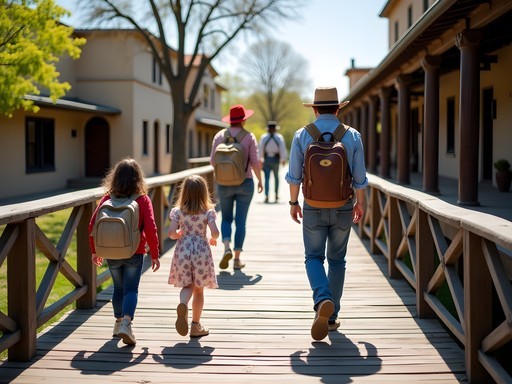




Comments
RoadTripper916
That shot of the sunset over the Delta King riverboat is gorgeous! Was that with your phone or a proper camera?
Trevor Sanchez
Thanks! That was with my mirrorless camera - caught it right as the golden hour was ending. The lighting in Old Sacramento can be magical in late afternoon.
HistoryTeacher42
Thanks for this guide! Taking my students there next semester - this gives me great ideas for our field trip focus.
GoldRushBuff
Taking my family there for Christmas break! Is the Railroad Museum good for younger kids (7 and 9)? And how much time should we plan for the whole Old Sacramento area?
winterlover
My kids are 8 and 10 and they LOVED the Railroad Museum! They have these mini train tables for kids and you can climb aboard several of the old trains. I'd give yourself a full day for Old Sacramento - more if you want to do the Underground Tour too.
Sage Dixon
Definitely bring a good camera if you have one! The lighting inside the Railroad Museum can be tricky but the trains are so photogenic. I used my travel tripod for some of the interior shots and it made a huge difference. Your kids will love the hands-on exhibits!
Sage Dixon
Trevor, your piece on Sacramento's gold rush history brought back memories of my visit last year! The Underground Tour was the highlight for me - our guide was a retired history teacher who shared incredible stories about how Sacramento literally raised itself above the floodwaters. One tip for anyone planning to visit: book the early morning Underground Tour slots in summer. The temperatures climb quickly, and even underground it gets warm by midday. I found the contrast between Sutter's Fort (pre-gold rush) and the opulent Governor's Mansion really illustrated how dramatically the gold rush transformed California's trajectory. Did you make it to the Eagle Theatre? It's small but has such a fascinating story as California's first permanent theater.
Trevor Sanchez
Great tip about the morning tours, Sage! I did see the Eagle Theatre but didn't get to go inside - they were setting up for a special event that day. Next time! And you're right about the contrast between Sutter's Fort and the later buildings - it's like seeing California's transformation in architecture.
winterlover
Just visited Old Sacramento last month! The wooden boardwalks really do transport you back in time. We did the underground tour and it was fascinating to see how they raised the city. Our kids loved the Railroad Museum too - spent nearly 3 hours there! The old locomotives are massive up close. Trevor, did you try any of those old-timey candy shops while you were there?
Trevor Sanchez
Thanks for reading, winterlover! Yes, I couldn't resist the candy shops - got some horehound candy and sarsaparilla taffy. Those old recipes are something else! Glad your family enjoyed the Railroad Museum. It's definitely a highlight for train enthusiasts of all ages.
winterlover
The taffy was my daughter's favorite too! We missed Sutter's Fort though - definitely on the list for next time.
HistoryBuff77
Pro tip: The second Saturday of each month, many museums in Sacramento have free or reduced admission. We saved a ton!
TravelMom42
Would these sites be interesting for kids? My boys are 8 and 11 and we're planning a California road trip next summer.
Trevor Sanchez
Absolutely! The Railroad Museum has interactive exhibits kids love, and the Underground Tour guides are great at engaging younger visitors. My nephew (9) was fascinated by the gold panning demonstrations at the Sacramento History Museum. Perfect ages for appreciating the 'adventure' side of history!
springway
My kids loved the train simulator at the Railroad Museum! You can actually "drive" a train.
PhotoTrekker
That shot of Old Sacramento at sunset is absolutely stunning! What camera setup did you use?
Trevor Sanchez
Thanks! Just my trusty Sony A7III with the 24-70mm lens. Old Sacramento has that perfect golden hour glow right before sunset.
wildlegend
Great photos! That gold nugget is massive!
Gregory Boyd
Fascinating piece, Trevor. Having explored many gold rush sites across Australia, I found the Sacramento region offers a uniquely preserved perspective on this pivotal historical moment. The California State Railroad Museum's collection is particularly impressive - the Jupiter locomotive reminds me of similar models I've documented in regional Australian museums. One observation: winter visits provide a completely different atmosphere compared to summer crowds. I wandered through Sutter's Fort during January with practically no one else around, allowing for a more contemplative experience of how these settlers lived. I'd recommend bringing a decent pocket guide as the historical context enhances the experience tremendously.
wildlegend
Is winter too cold for Sacramento? Planning a trip in December.
Gregory Boyd
December in Sacramento is mild compared to other US destinations - think 10-15°C (50-60°F) with occasional rain. Bring layers but nothing extreme. The museums are all indoors and quite comfortable.
Venture X
Premium card with 2X miles, $300 travel credit, Priority Pass